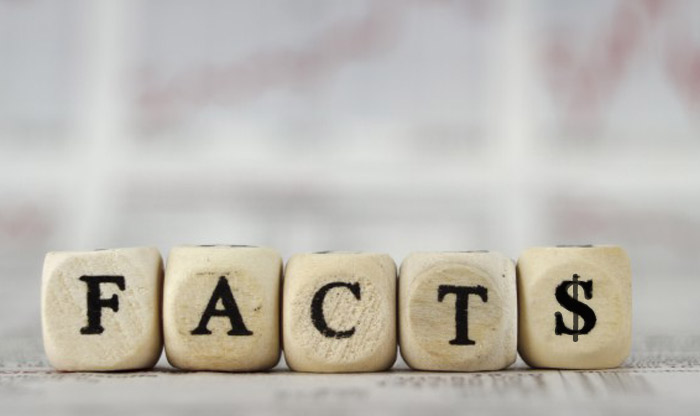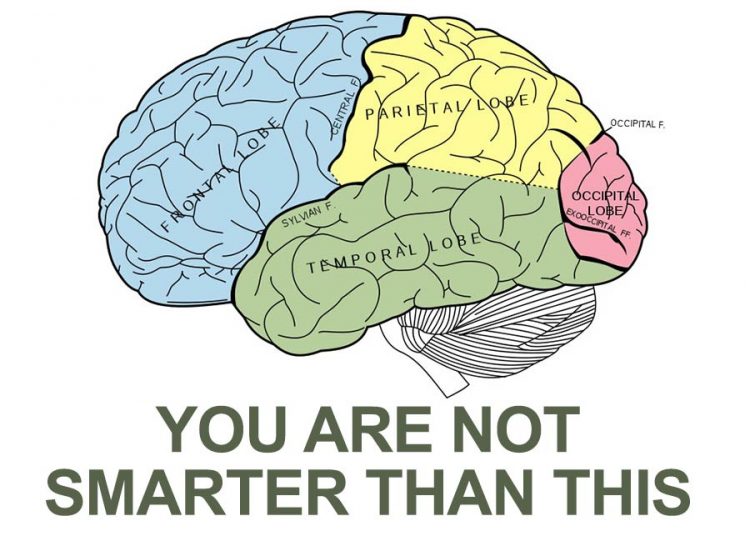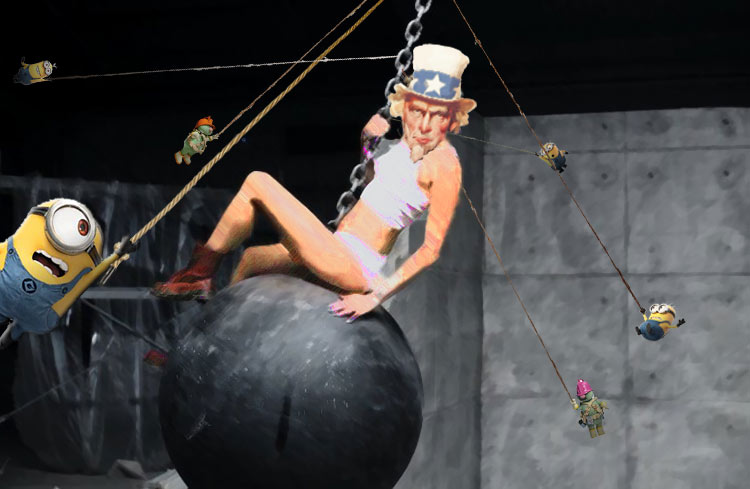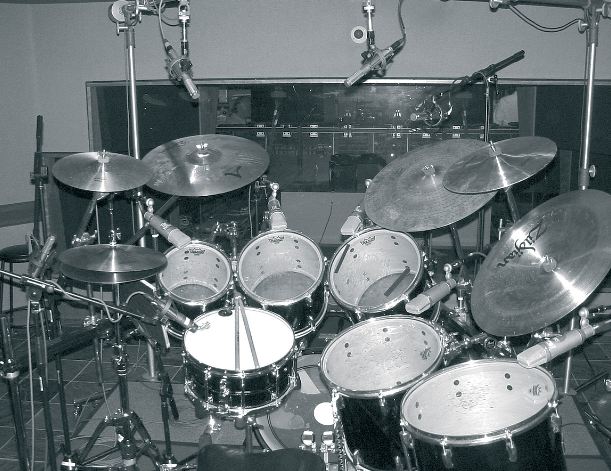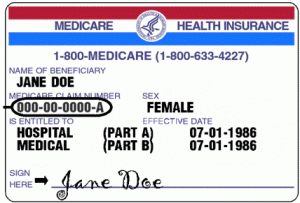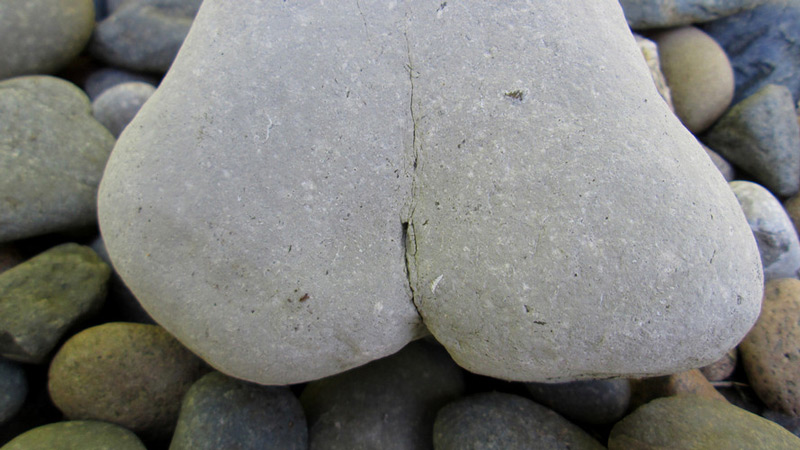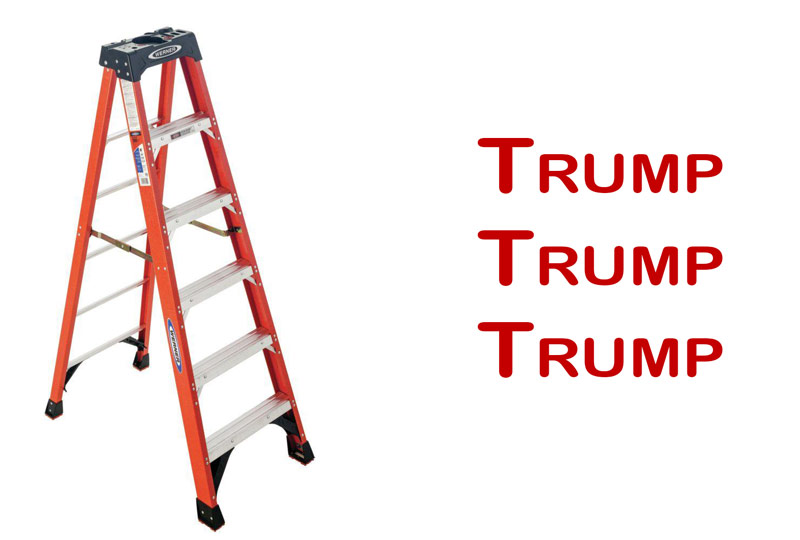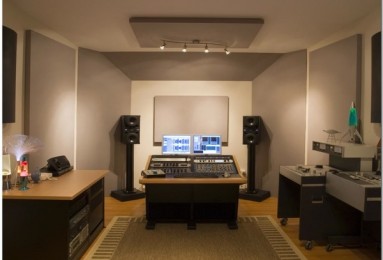 It is clear that booking studio time and spending hourly fee’s to record your music is pretty much a thing of the past. Thanks to technology musicians can, with minimum recording equipment and relatively very little money produce great sounding recordings from the comfort of their bedroom studio’s.
It is clear that booking studio time and spending hourly fee’s to record your music is pretty much a thing of the past. Thanks to technology musicians can, with minimum recording equipment and relatively very little money produce great sounding recordings from the comfort of their bedroom studio’s.
However, to make your bedroom studio production sound like it was recorded in a big studio and have that “big sound” is till a tricky endeavor that requires attention. Here are some basic tricks that can help you towards that goal.
If I have to pin point one major area in the production process that is crucial and extremely important in your music sounding big is the recording of the drums. If the drums are not recorded cleanly and featured prominently in the recording the whole song is going to sound weak and small. Short of having stand alone drum sequencers like the MPC series or even live drums, which is the best way to go for your drum recordings, if you are using drum sounds from a keyboard module here is one usual mistake you need to watch for. Avoid dubbing all your separate drum parts on one track.
Since it comes easy to sequence your drum parts on one track, we tend to leave it as is and end up having a weak sound as a result. Just because it sounds good in your studio doesn’t mean it going to produce a big sound in the end.
The trick is to give each drum part two separate tracks and record them in stereo. For example when recording the hi-hat, record it on two separate tracks and pan the tracks left and right. The same with all the other parts; the bass drum, snare, toms and cymbals. Now you have ten or more tracks of just the drums, you then adjust the levels accordingly and dub the tracks to the final left and right tracks. This should give you a prominent drum sound on which you can build the rest of your song. The drums are the driving rhythm force of your song, so don’t hesitate to give them a good sound level.
Once you have a good sounding drum tracks, here are some simple tricks to give your other instruments instant body and presence. Again the same rule applies here, double or even triple track the same instruments. Foe example if your song requires a background guitar chord parts, play the same part twice on two different tracks and pan them left and right. Bingo, that’s an immediate body and presence for your song. You can use this same trick to guitar licks as well. That illusive “big sound” doesn’t have to be so if you use the techniques I described above. Hope this has been helpful and good luck with your recordings.
Ermias Kebede is primarily a musical artist. You can sample his music as well as find more production tools on his website: [http://www.etkglobal.com]
Article Source:
http://EzineArticles.com/?expert=Ermias_Kebede
Related Music Recording Techniques Articles



